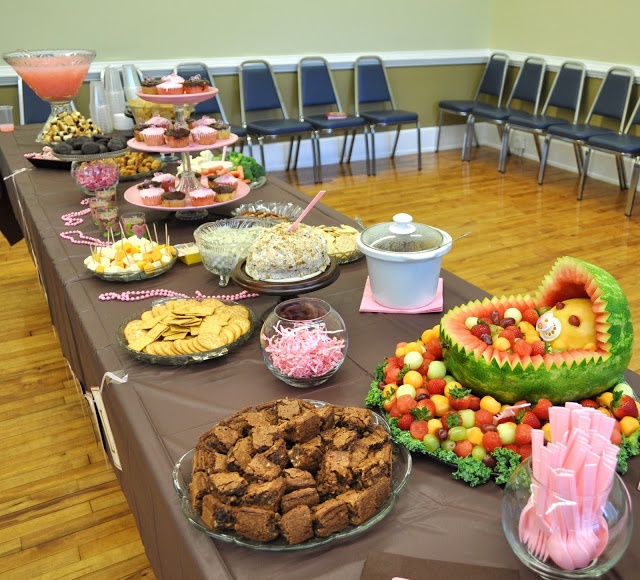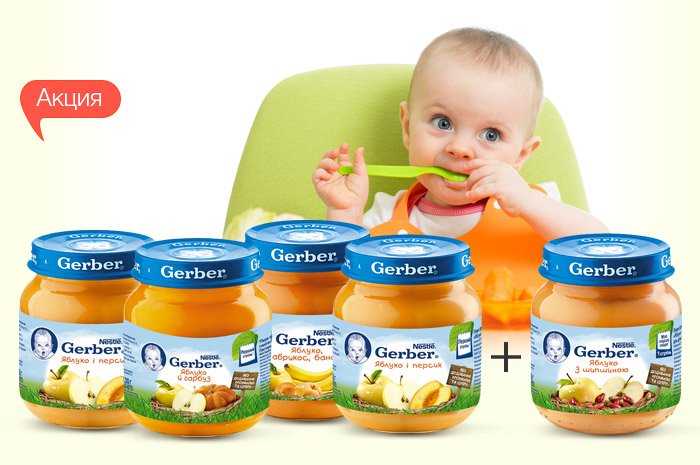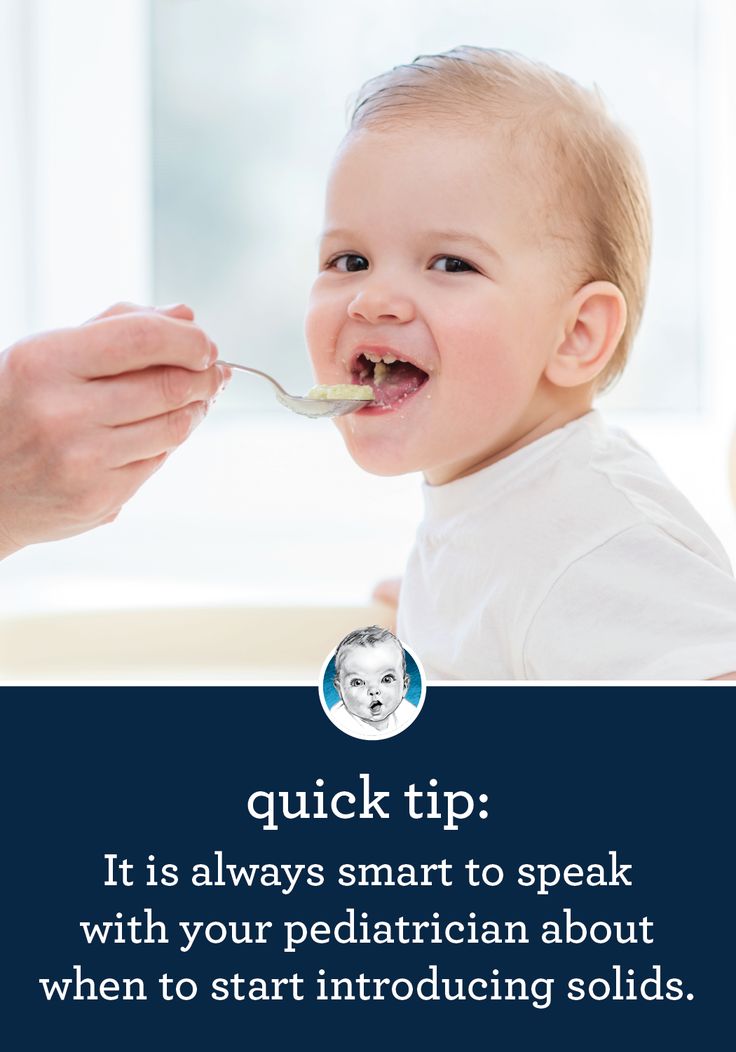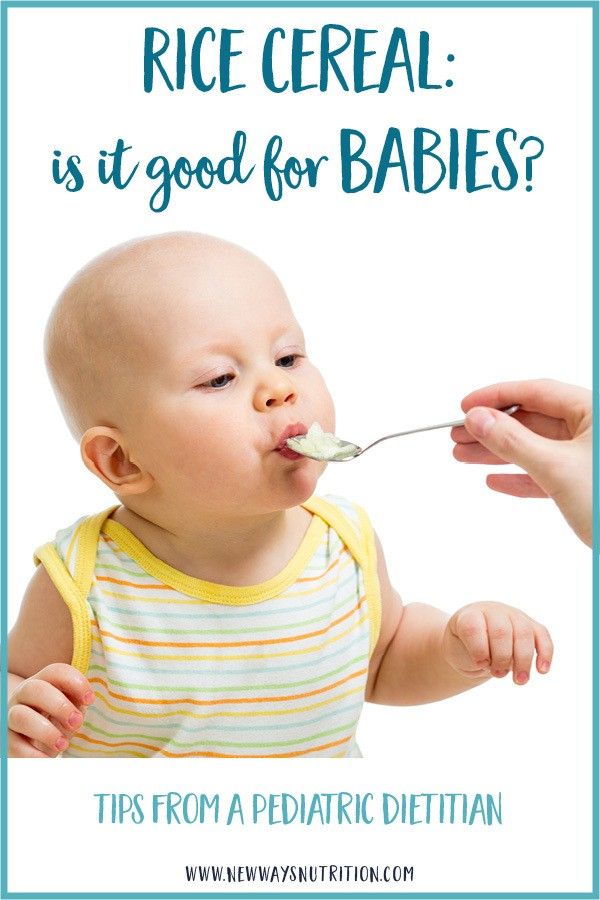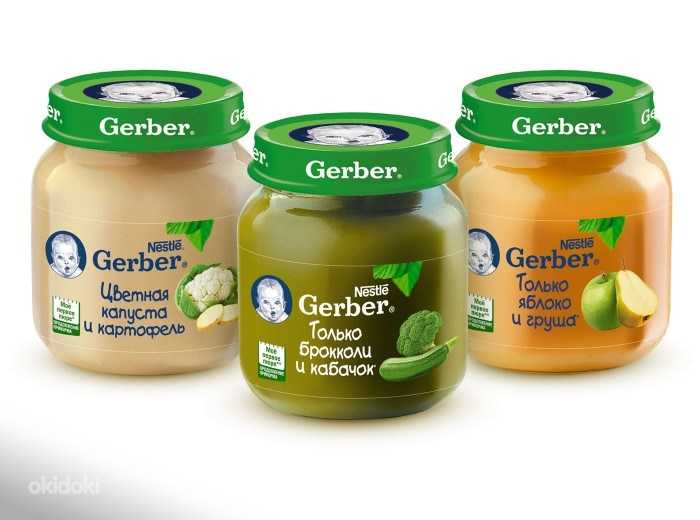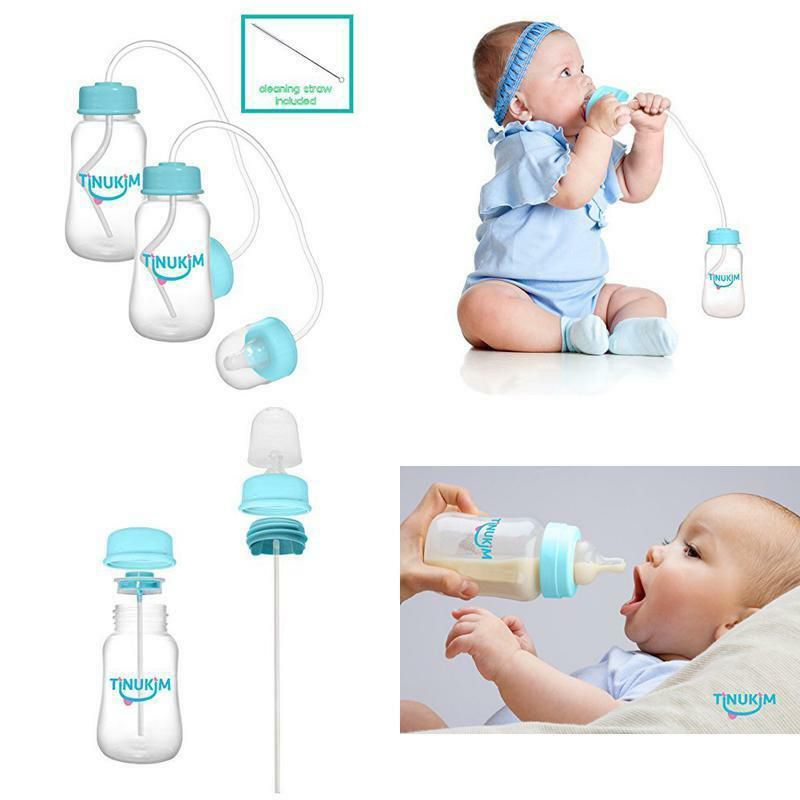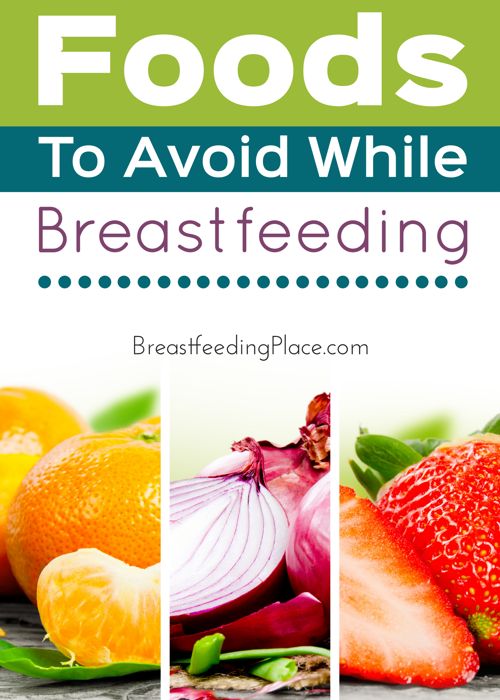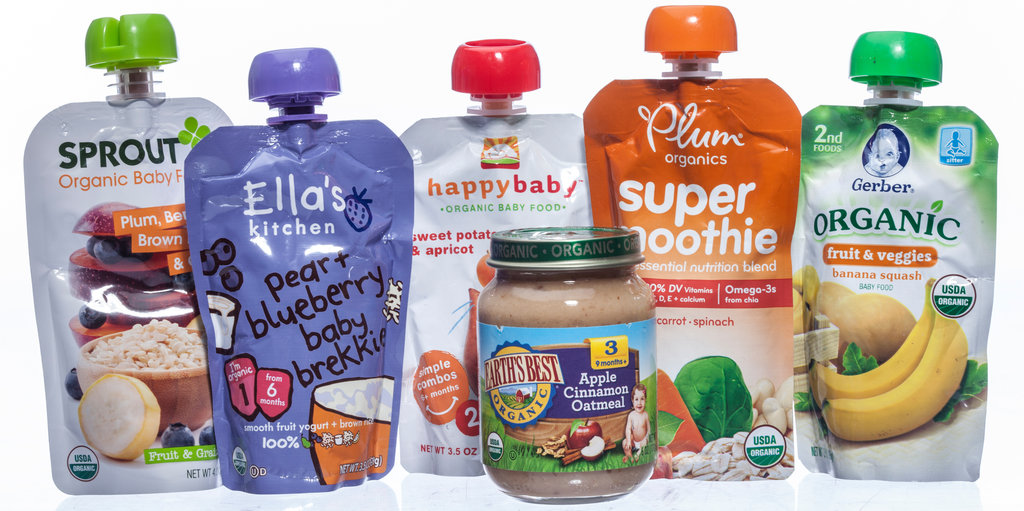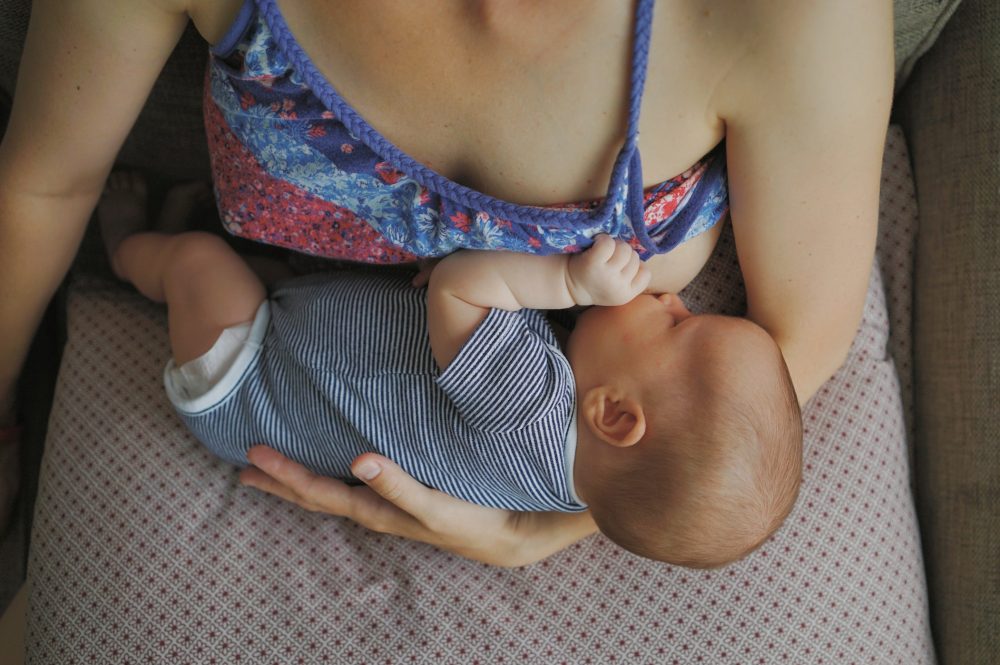Baby table food ideas
Best Finger Foods for Babies: The Ultimate Guide
How exciting that your baby is about to graduate from mushy foods to finger foods! This is a big step in your little one’s development. However, you may be wondering when’s the right time to start finger foods, and how to tell that your baby is ready. We’ll answer all these questions and more, plus give you a list of the best finger foods to introduce to your baby first.
Introducing Finger Foods to Your Baby
So, when can babies eat finger foods? You can start to give your baby finger foods around the time they’re able to sit up independently and can bring their hands to their mouth. This may happen between the ages of 8 months old and 9 months old, but your baby may be ready a little sooner or later than this time.
Around this time, you may also notice that your baby is developing their pincer grasp and may be making chewing motions. These are both great indications that your baby’s ready for finger foods. Moreover, using their fingers to pick up foods will further develop your baby’s fine motor skills.
Some parents who adopt the baby-led weaning approach may start offering finger foods to their infants as early as 6 months old. This method skips spoon-feeding with solid foods and instead lets your baby take the lead in self-feeding with finger foods. Some believe this approach can decrease fussiness when it comes to introducing new foods, including finger foods, to your baby. Speak to your child’s healthcare provider if this method is something you’d like to try.
Giving your baby finger foods can help your little one learn to feed themself, just one step toward gaining independence. Self-feeding can be great fun for your baby. Even if much of the food doesn’t end up in your baby’s mouth, the fact that they’re exploring this new frontier is an accomplishment to be proud of.
First Finger Foods for Your Baby
As you begin choosing finger foods for your baby, check out the following ideas:
Steamed veggies like sweet potatoes, potatoes, carrots, green beans, peas
Soft, ripe fruits like bananas, berries, peaches (peeled), mangoes (peeled)
Whole-grain breakfast cereals (without nuts, clusters, or chunks)
Whole-grain pasta (cooked well)
Whole-wheat bread
Whole-grain crackers or wafers like teething biscuits
Soft meats like chicken
Cheese (mild)
Scrambled eggs.
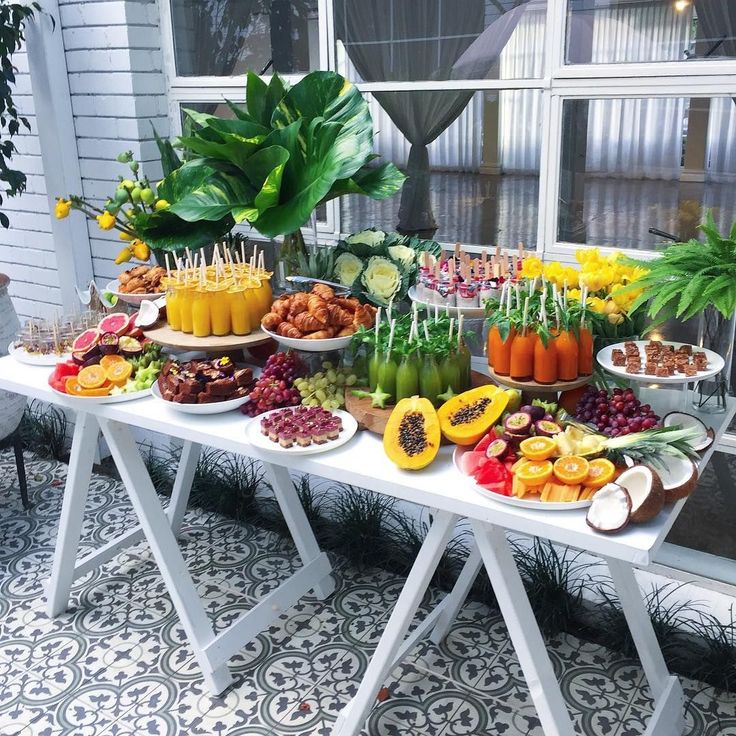
Be sure that any of the above finger foods are cut into small pieces. You don’t want your baby eating a piece that’s too big to swallow. And, make sure to watch them while eating.
Finger Food Safety
During this time babies are more likely to swallow foods without chewing them, whether they have a few baby teeth coming in or they have no teeth. Avoid giving any finger foods that require a grinding action to chew (this type of chewing is typically mastered around the age of 4), as these may pose a choking risk. Offer finger foods that are soft, easy to swallow, and broken or cut into pieces that your baby cannot choke on. A good rule of thumb is that soft and mushy finger foods are safe for your baby. Small, round, coin-shaped, hard, chewy, crunchy, slippery, or sticky foods may lead to choking. Here are some foods to avoid offering your baby when they start on finger foods:
Peanut butter (in chunks)
Meat (in chunks)
Cheese (in chunks)
Raw veggies (in large chunks or round shapes), including celery sticks, carrot sticks, baby carrots, cherry tomatoes, and peas
Raw hard fruit (in large chunks or round shapes), including apples, pears, and grapes
Nuts (whole)
Seeds
Popcorn
Chewing gum
Candies (hard, gooey, or sticky)
Hot dogs or meat sticks.

There are ways you can still give some of the above foods while making them easier to eat and less hazardous to swallow. For example:
Grapes or cherry tomatoes, cut in half
Creamy peanut butter spread thinly on whole-grain bread that’s cut into small squares
Hot dog, cut lengthwise and then cut into small 1/2-inch pieces.
Note on Food Allergies
Medical experts once recommended that parents avoid feeding their babies eggs, fish, and peanut butter since babies may be allergic to these foods. However, it’s now recommended that you introduce these foods early—while keeping a close watch for any reactions—since this approach can help reduce your child’s chances of developing food allergies. Before introducing peanut butter or peanut products, consult with your baby’s healthcare provider. Your baby is more likely to be allergic to these foods if
food allergies run in your family
your baby is known to have an egg allergy
your baby has eczema.

The Bottom Line
It’s time to introduce finger foods to your baby when you see that they’re able to sit up on their own, start bringing their hands to their mouth, and can use a pincer grasp to hold onto small items, like finger foods. This development happens around the age of 8 or 9 months old, but you may see it sooner or later in your baby.
In the beginning, you’ll want to introduce finger foods that are soft and easy to swallow, since babies at this age tend to swallow instead of chew even if they have a few baby teeth. Think steamed veggies and soft fresh fruits. You can also introduce whole-grain bread, crackers, cereal, or pasta if they’re cut into small pieces. Chicken, mild cheese, and scrambled eggs are also great options when served in small pieces.
Avoid hard foods like raw veggies and fruits, as well as chunks of nut butter, cheese, and meat. Whole nuts and seeds are not recommended, nor are chewing gum, candies, hot dogs, or meat sticks.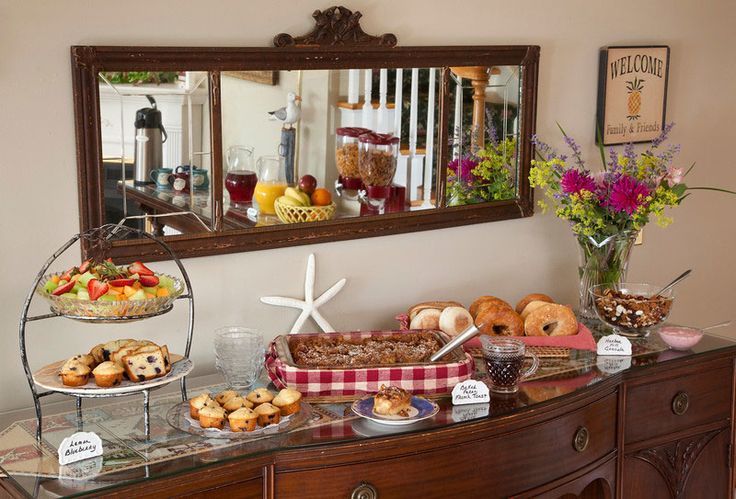 All these items can pose a choking hazard.
All these items can pose a choking hazard.
Transitioning to finger foods is a big step in your baby’s development and independence. Letting your baby self-feed with finger foods may be a bit messy at first, but you’ll both get the hang of it. Learn more about developmental milestones for your 9-month-old baby.
13 Best Finger Foods for Baby
Introducing finger foods for baby is an exciting and nerve-racking time. Between the mess, possible allergies and potential choking hazards, it’s enough to give some parents white knuckles as they hover over the high chair. But while you should certainly exercise caution, there are lots of great baby finger food ideas that will make mealtime fun and nutritious, and let your growing child practice the important art of self-feeding.
In this article:
When can babies eat finger foods?
Baby finger food safety
How to introduce new finger foods for baby
Best finger foods for baby
When Can Babies Eat Finger Foods?
There’s no hard and fast rule in terms of when babies can start eating finger foods, says William Dietz, MD, PhD, director of the Sumner M.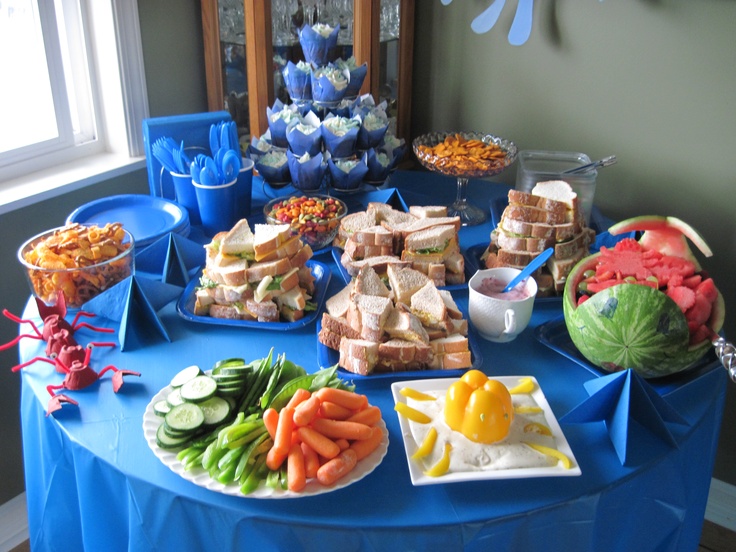 Redstone Global Center for Prevention and Wellness at the Milken Institute School of Public Health at the George Washington University in Washington, DC, and co-editor of the American Pediatric Association’s (AAP) Nutrition: What Every Parent Needs to Know. Rather than focusing on baby’s age, says Dietz, “the first indicator you should look for is that the baby is interested.” So how can you tell when baby’s interest is piqued? Reaching for the food as you’re feeding her, grabbing the bowl or spoon, putting the spoon in her mouth and fussing when she sees you eat (because she wants in!) are all signs your child may be ready. “Babies generally want to feed themselves,” Dietz says. “That’s a normal drive.”
Redstone Global Center for Prevention and Wellness at the Milken Institute School of Public Health at the George Washington University in Washington, DC, and co-editor of the American Pediatric Association’s (AAP) Nutrition: What Every Parent Needs to Know. Rather than focusing on baby’s age, says Dietz, “the first indicator you should look for is that the baby is interested.” So how can you tell when baby’s interest is piqued? Reaching for the food as you’re feeding her, grabbing the bowl or spoon, putting the spoon in her mouth and fussing when she sees you eat (because she wants in!) are all signs your child may be ready. “Babies generally want to feed themselves,” Dietz says. “That’s a normal drive.”
Being able to sit independently is another good clue that babies are physically ready to try finger foods, says Susan M. McCormack, MA, senior speech language pathologist at Children’s Hospital of Philadelphia and a board-certified specialist in swallowing and swallowing disorders.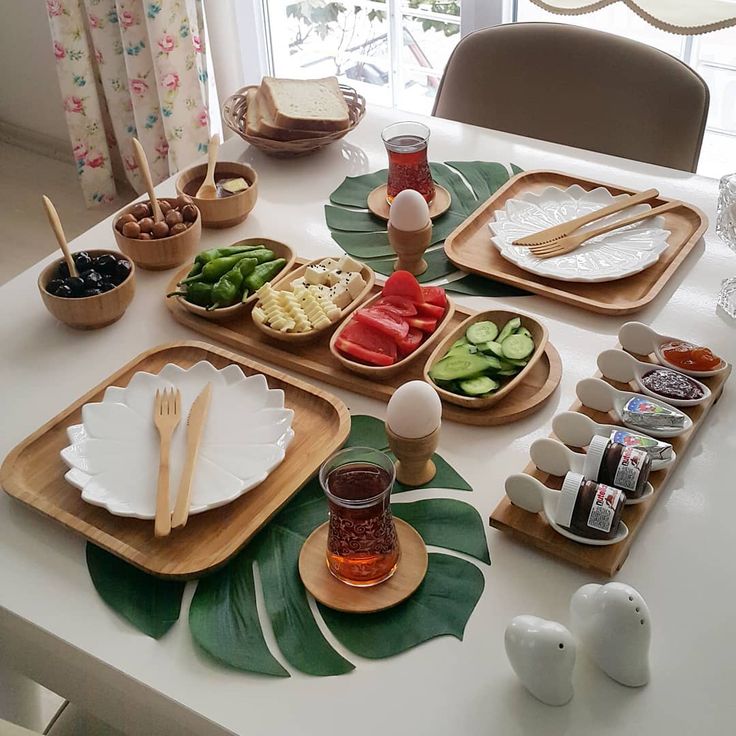 If they can sit up in the high chair, then they might be ready to try their hand at finger foods.
If they can sit up in the high chair, then they might be ready to try their hand at finger foods.
Some guides suggest waiting to introduce baby finger foods until your child has mastered a pincer grasp—the ability to pick up small objects between the thumb and forefinger—but Dietz says this isn’t totally necessary. “Initially when children start to feed themselves, they don’t have a pincer grasp,” he says. “So they’re using their whole hand and putting their hand in their mouth. And that’s fine.”
If you’re waiting for your infant to sprout teeth before moving on from purees, think again. “Babies don’t need teeth to learn to eat solids and learn to chew,” McCormack says. Those strong little gums are perfectly capable of mashing up soft solids—if you’ve ever let baby teethe on your finger, then you have some idea of just how powerful they are!
Baby Finger Food Safety
When choosing the best finger foods for baby—whether you’re starting at 6 months or 9 months—experts agree that it’s best to begin with small pieces of soft food that dissolve easily.
As your infant grows and becomes comfortable eating finger foods, you can branch out, McCormack says. “As a baby develops better tongue patterns to control food pieces as well as more mature chewing, he can better ‘chew’ the foods that break apart, like pieces of fruits and vegetables. A one-year-old can also bite off pieces of food that a 6-month-old can’t.”
Avoid giving baby finger foods that are large, sticky or don’t dissolve easily, because they’re potential choking hazards, Dietz warns. He suggests steering clear of foods like hot dogs, carrots, nuts, grapes, popcorn, candy and globs of peanut butter.
Another thing to keep in mind when you’re picking out the best finger foods for babies is that a lot of adult foods—particularly snacks—can be super salty. “Often parents will doctor a food so it appeals to their tastes, and their taste may have bigger amounts of sodium than a baby’s taste,” Dietz says. When preparing food for baby, leave out the salt whenever possible. (You can always add it separately to your portion if you’re cooking for the family).
(You can always add it separately to your portion if you’re cooking for the family).
How to Introduce New Finger Foods for Baby
When babies first start on finger foods, breast milk and formula will still be their main source of nutrition, followed by purees. You should continue to spoon-feed your child initially, “but during the feeding process, they should also be allowed to feed themselves,” Dietz says. Put some finger food on her high-chair tray and let her try to get it into her mouth in between the spoonfuls of food you’re feeding her. If she gets really frustrated, go ahead and help her out.
Most important, follow your child’s cues and “let your baby be the guide,” McCormack says. If he doesn’t respond positively, take a step back and try again later. But keep in mind that babies often crinkle up their faces when they try something new, which can look like they don’t like something, Dietz says. It can take up to 20 times before they’re used to certain foods. “Parents shouldn’t force food, but they should be persistent in offering,” Dietz says.
McCormack also suggests easing into finger foods by offering thicker purees with a bit of texture to them. “Try alternating bites of the smooth puree with a slightly thicker or mashed food to help your baby get used to the new textures in her mouth,” she says.
Remember, too, that this is a messy process. Parents might want to lay newspaper or an easy-to-clean vinyl tablecloth on the floor, since it’ll be a while (like, years) before your kid manages to get more food in his mouth than on the floor, Dietz advises.
Finally, never leave baby unattended while she’s eating, and keep an eye out for signs of choking. It may be tempting to hold off on introducing finger foods until your child is older, but helping baby develop this skill has multiple benefits, McCormack says, including “development of independence, fine motor skills and self-feeding skills, as well as development of oral patterns to support texture progression.” Whether you start baby finger foods at 6 or 9 months, just follow baby’s lead and let him have fun with it.
Best Finger Foods for Baby
If you’re looking for baby finger food ideas, think about options that are soft, small and easily gummed. Here are a few of the best finger foods for baby to get started—including finger foods for baby with no teeth! While the same finger foods are as appropriate for a 6-month-old as they are for a one-year-old baby, you can begin to offer slightly larger pieces that they can bite off themselves as they become more confident. Stick with these healthy options, and you’ll start baby off on the right path for healthy eating.
Image: The Bump
1. Puffs and dry cereal. Puffs and O-shaped dry cereal are some of the most popular first finger foods for good reason: They let baby practice the pincer grasp by picking up one at a time. And as McCormack explains, they also “mix well with saliva and are easy for the infant to manage in their mouth without choking.”
2. Teething biscuits and lightly toasted bread. Teething biscuits and small pieces of lightly toasted bread are another great starter finger food, since they soften quickly. Just note that some breads can turn gummy and stick in baby’s mouth; lightly toast the bread and cut into very small pieces to avoid a choking hazard. As baby gets older (around 9 to 12 months), you can offer slightly larger pieces or serve bread topped with mashed banana or avocado, or a super-thin layer of hummus or peanut butter.
Just note that some breads can turn gummy and stick in baby’s mouth; lightly toast the bread and cut into very small pieces to avoid a choking hazard. As baby gets older (around 9 to 12 months), you can offer slightly larger pieces or serve bread topped with mashed banana or avocado, or a super-thin layer of hummus or peanut butter.
3. Scrambled eggs. Doctors used to advise waiting to introduce eggs, but the AAP now recommends early exposure to potentially allergenic foods. Which is great news, since scrambled eggs are an ideal early finger food! Keep your love of runny yolks to yourself for now, however, and cook those eggs thoroughly, cut into small pieces and avoid adding salt.
4. Soft fruit. Very ripe fruit is naturally soft, making them some of the best finger foods for babies. Ripe banana, peach, watermelon, raspberries, blueberries and cantaloupe cut into small pieces are all great finger food options.
5. Avocado. A rich source of omega-3 fatty acids—which can help boost baby’s brain development—avocados are, like puffs, often one the first baby finger foods, even when your little one has no teeth. Be warned: Avocado can get messy fast, but it’s well worth it (and can result in some hilarious pics for the baby album).
Be warned: Avocado can get messy fast, but it’s well worth it (and can result in some hilarious pics for the baby album).
6. Pasta. Though recipes often recommend cooking pasta al dente, when it comes to feeding baby, you’ll want to slightly overcook it so it’s nice and soft. To start, try small pasta shapes like orzo or mini shells, or cut up fusilli or penne. Initially serve it plain, but as baby is introduced to more foods you can toss the pasta in a little butter, olive oil or low-sodium tomato sauce.
7. Tofu. Whether cooked or uncooked, tofu is a wonderful plant-based source of protein and a perfect finger food for babies. Opt for firm tofu, which is still quite soft, as opposed to soft or silken tofu, which will likely fall apart in baby’s hand and frustrate her.
8. Cooked vegetables. Though it will be a while before baby can hit the crudités platter, cooked vegetables make excellent baby finger foods. To get the most nutrients out of your vegetables, steam or roast them until soft, and, of course, cut them into small pieces.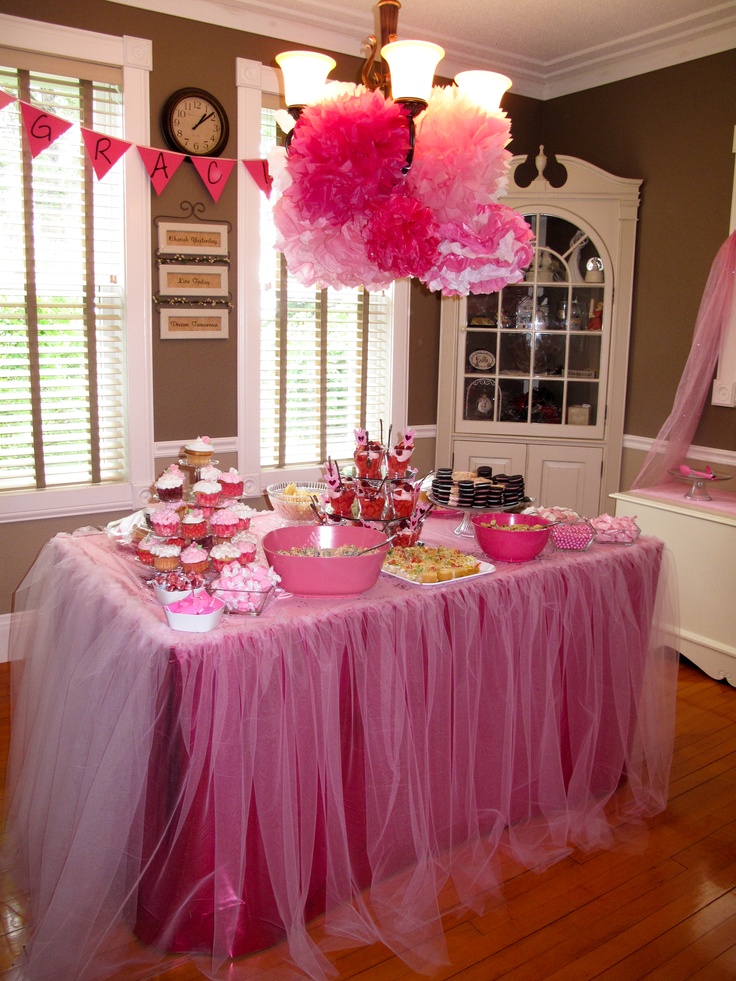 Try sweet potato, carrot, broccoli, cauliflower or beets (opt for yellow beets for less mess) to start. As baby gets bigger, you can offer steamed carrot sticks or peeled, roasted sweet potato wedges.
Try sweet potato, carrot, broccoli, cauliflower or beets (opt for yellow beets for less mess) to start. As baby gets bigger, you can offer steamed carrot sticks or peeled, roasted sweet potato wedges.
9. Cheese. If baby has shown no signs of a dairy allergy, then it’s perfectly safe to introduce soft cubes of cheese as early as 6 months. Opt for small bites of a pasteurized cheese that’s soft but not overly sticky or stinky, like Monterey Jack or cheddar.
10. Beans. Looking for more protein-rich, vegetarian baby finger foods? Try beans. Opt for canned, low-sodium beans for convenience, or soak and cook dry beans yourself to save money (they’ll freeze well too!). When first introducing beans, smash them just a bit between your fingers before serving to baby.
11. Homemade muffins. While store-bought muffins are often loaded with sugar, there are plenty of healthy muffin recipes out there. Use whole-wheat flour, sweeten with applesauce instead of sugar and add healthy ingredients like mashed banana or grated zucchini. Bake in a mini muffin tin or use a standard-size tin, and, once baked, break off into small pieces for baby.
Bake in a mini muffin tin or use a standard-size tin, and, once baked, break off into small pieces for baby.
12. Meat. After soft foods, diced chicken breast and ground beef are pediatrician-approved next-stage finger foods for baby. Just make sure they’re thoroughly cooked and cut into very small pieces.
13. Fish. Fish is another allergenic food that doctors now say can be introduced before baby is a year old. Be sure it’s thoroughly cooked, and opt for a low-mercury fish like flounder, cod or salmon. Most important, make sure to remove any tiny bones.
Please note: The Bump and the materials and information it contains are not intended to, and do not constitute, medical or other health advice or diagnosis and should not be used as such. You should always consult with a qualified physician or health professional about your specific circumstances.
Plus, more from The Bump:
Baby-Led Weaning Basics
Why Variety Matters in Baby’s First Foods
The Dos and Don’ts of Homemade Baby Food
Children's birthday menu: photos, recipes, dish ideas
How to make a child's birthday truly unforgettable? Gather his friends, come up with entertainment and, of course, treat everyone to something delicious. But pleasing little guests is sometimes more difficult than adult gourmets. Our article will come to the rescue. In it, we have collected 10 dishes that will enchant even the most capricious persons. Serve these treats for a kid's birthday party and no one will leave hungry.
But pleasing little guests is sometimes more difficult than adult gourmets. Our article will come to the rescue. In it, we have collected 10 dishes that will enchant even the most capricious persons. Serve these treats for a kid's birthday party and no one will leave hungry.
Original canapés
Kids will appreciate the unusual presentation, and adults will appreciate the ease of cooking. Indeed, among the recipes for a children's birthday, it is important to have at least one option for a quick snack. For canapes in the form of ladybugs, it is better to take unsalted crackers with the addition of whole grain flour. You can grease the products with both pate and hummus or curd cheese.
Ingredients:
- crackers - 10 pcs.
- cherry tomatoes - 5 pcs.
- leaf lettuce - 3-4 leaves
- olives - 3 pcs.
- pate - to taste
Preparation:
- Cut the cherry tomatoes in half and make a shallow cut in each half.
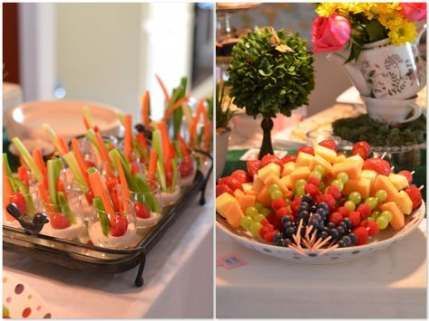
- Brush crackers with pâté and cover with lettuce. Excess greens can be removed.
- Top the salad with half a cherry and a quarter of an olive.
- Decorate the finished ladybug with a pattern of white dots. To do this, dip a toothpick in Greek yogurt or mayonnaise and gently color the workpiece. nine0014
Snack muffins
Children are rarely fans of vegetables. But thanks to such muffins, they will even eat the hated green beans or green peas. It's nice that you can change the toppings to your liking. For example, take corn, ham or some broccoli and cauliflower. It is also better not to forget about the vegetable slices on the table. Serve carrot, pepper and cucumber sticks with yoghurt sauce.
Ingredients:
- green beans - 100 g
- green peas - 100 g
- cheese - 100 g
- chicken eggs - 2 pcs.
- sour cream - 3 tbsp. l.
- flour - 3 tbsp. l.
- Bulgarian pepper - 1 pc.
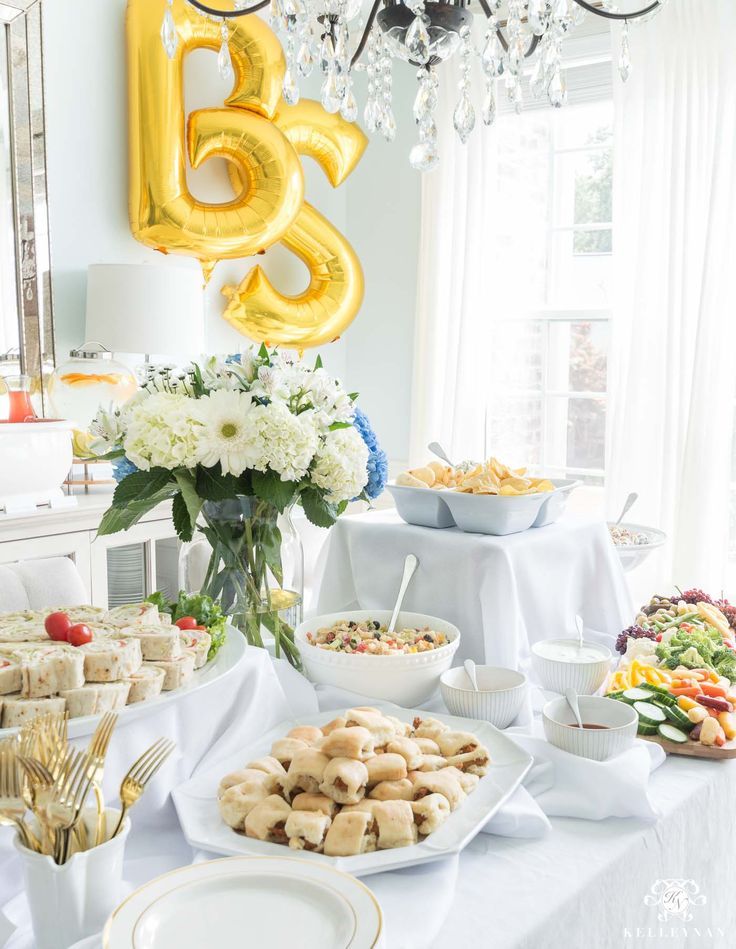
- baking powder - 0.5 tsp.
- salt - to taste
Preparation:
- Defrost beans and peas.
- Pepper and cheese cut into small cubes. nine0013 In a clean bowl, mix eggs with sour cream and salt. Gradually add the sifted flour mixed with the baking powder.
- Add prepared cuts to batter.
- Divide the pastry between molds and bake for 15 minutes at 180°C. Then lower the heat to 160°C and bake the muffins for another 15-20 minutes in the oven.
Cheese donuts
If you don't know what to cook, try these donuts. At a children's birthday party, they will definitely become a popular treat. The main thing is to find a good crumbly cottage cheese with a fat content of 5-9%. It is desirable that there is not too much moisture in the mass, gluing the grains together. Otherwise, wrap the cottage cheese with gauze and put it under pressure for 2-3 hours to remove excess moisture.
Ingredients:
- cottage cheese - 200 g
- cheese - 80 g
- flour - 70 g
- chicken eggs - 2 pcs.
- baking powder - 0.5 tsp.
- sesame - to taste
Preparation:
- Mash the cottage cheese with a fork or chop with a blender.
- Add grated cheese, whole egg and one egg white.
- Add the sifted flour and baking powder and knead into a stiff dough.
- On a floured surface, form the dough into a ball and divide it into 6-8 equal pieces.
- Roll each piece into a sausage and seal the ends.
- Transfer the blanks to a baking sheet lined with baking paper and brush with the remaining yolk. nine0014
- Garnish with sesame seeds and bake for 30 minutes at 180°C.
Mini pizzas
Who would say no to a popular treat? For a children's holiday, it makes sense to make portioned pizzas. It will be easier for kids to hold them in their hands.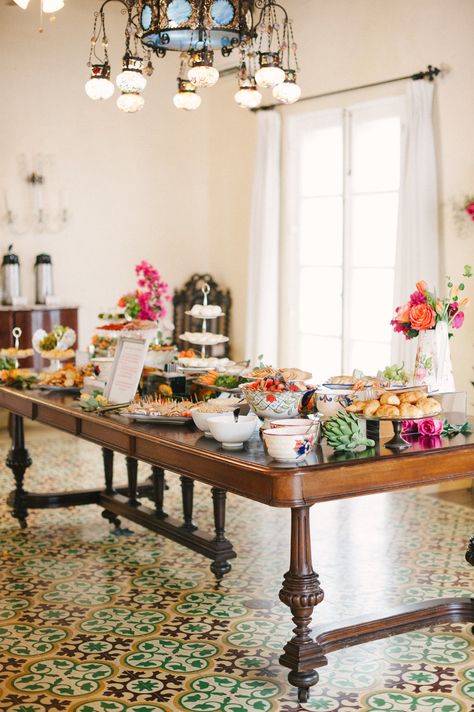 As a sauce, ordinary ketchup or a mixture of pureed tomatoes boiled with spices is suitable. In addition to cherry tomatoes, you can use bell peppers or broccoli for the filling, and put boiled chicken or turkey instead of ham. When serving, garnish pizzas with fresh herbs, if desired. nine0003
As a sauce, ordinary ketchup or a mixture of pureed tomatoes boiled with spices is suitable. In addition to cherry tomatoes, you can use bell peppers or broccoli for the filling, and put boiled chicken or turkey instead of ham. When serving, garnish pizzas with fresh herbs, if desired. nine0003
Ingredients:
For the dough:
- flour - 200 g
- water - 90 ml
- olive oil - 30 ml
- sugar - 1 tsp.
- dry yeast - 4 g
- salt - pinch
Basic:
- ham - 200 g
- cherry tomatoes - 8 pcs.
- tomato sauce - 3 tbsp. l.
- cheese - 50 g
Preparation:
- Mix yeast, sugar and water. Cover the bowl with a towel and put it in a warm place for 15-20 minutes. After the specified time, a foam cap should appear on the surface of the mixture.
- Sift flour into activated yeast, add olive oil and salt.
 Knead a homogeneous dough that will not stick to your hands.
Knead a homogeneous dough that will not stick to your hands. - Transfer the workpiece to a clean dish, greased with olive oil, and leave warm for 1 hour. nine0014
- Punch down the risen dough and divide into 8 equal pieces.
- Shape each piece into a 8-10 cm round shape and place on a baking sheet.
- Brush base with tomato sauce, top with ham and cherry halves, sprinkle with cheese and place in the oven.
- Bake the mini pizzas for 15 minutes at 210°C.
Chicken skewers
Homemade skewers continue the selection of recipes for children's birthdays. When preparing a marinade, remember that the child likes simple and understandable tastes more. A large set of seasonings, especially spicy, he will not appreciate. But vegetables will add benefits and make the meat juicier. For variety, place sliced bell pepper or zucchini between the chicken pieces. Don't forget to prepare wooden skewers. Before stuffing the meat, it is advisable to soak them in boiling water, otherwise the wood may burn in the oven.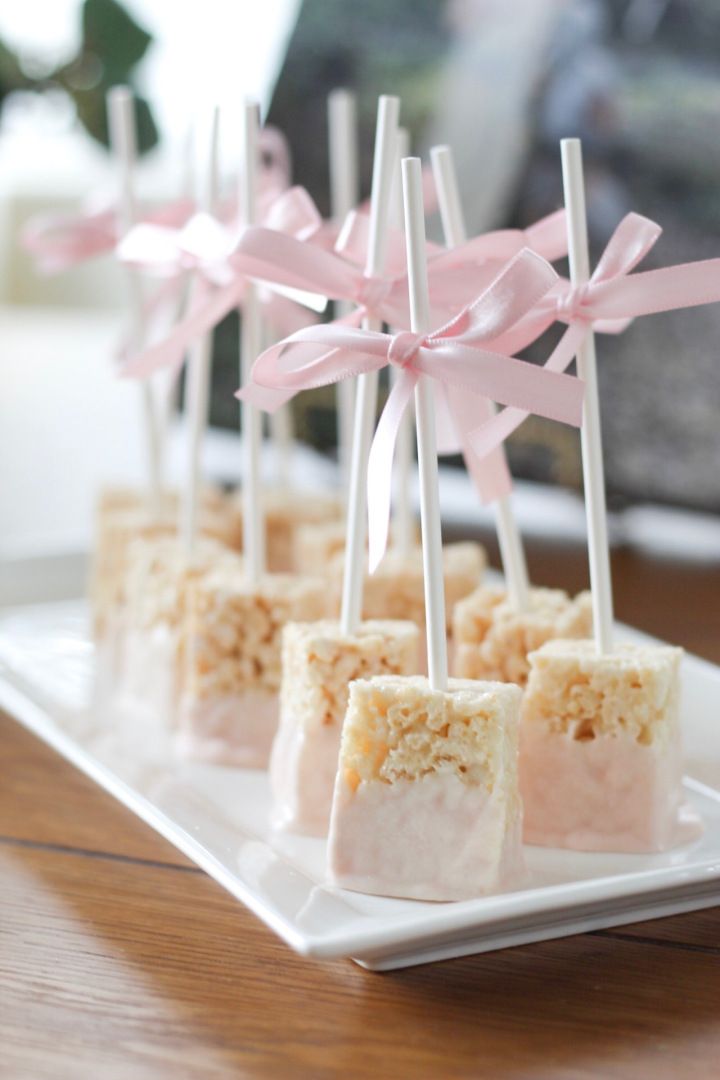 nine0003
nine0003
Ingredients:
- chicken fillet - 800 g
- kefir 3.2% - 180 ml
- onion - 1 pc.
- garlic - 1-2 cloves
- salt - to taste
Preparation:
- Divide the chicken fillet into 2-3 cm pieces.
- Chop the onion into rings, mince the garlic.
- Mix the chicken with chopped onion and garlic, season with salt. nine0014
- Pour in the kefir and mix well. Leave the blank in the refrigerator for 2 hours.
- Thread the pickled pieces onto skewers and bake for 15-20 minutes at 200°C.
Fish fingers
Children love variety. Give the kids a choice between several dishes. For example, serve chicken skewers and crispy fish fingers. The appetizer is made from white fish: pollock, cod or haddock. If desired, breading can be supplemented with sesame seeds. Ready-made sticks go well with tartar sauce. nine0003
Ingredients:
- white fish fillet - 600 g
- vegetable oil - 150 ml
- breadcrumbs - 3 tbsp.
 l.
l. - chicken eggs - 1 pc.
- salt - to taste
- pepper - to taste
Preparation:
- Cut the fillet into strips 1.5–2 cm thick. Season with salt and a little pepper.
- Beat the egg with a fork in a flat bowl. nine0014
- Place the breadcrumbs in another bowl.
- Heat vegetable oil in a frying pan.
- Dip the fish fillets in turn into the egg and breadcrumbs, and then fry in hot oil.
- Wipe finished sticks with a paper towel to remove excess oil.
No Bake Cake
When planning what to cook for a child's birthday, don't forget about sweets. What's a holiday without cake? This recipe can be made the day before. Any gelatin is useful, but the rules for working with sheets and powder are different. The layers are randomly poured with cold water, and then squeezed out. For crystals, it is desirable to observe a ratio of 1: 6 (take 6 parts of water for 1 part of gelatin).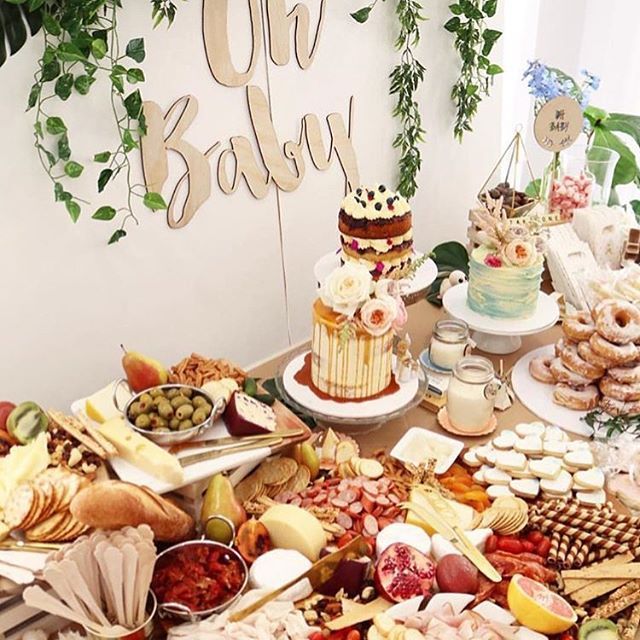 nine0003
nine0003
Ingredients:
For the cake:
- cookies - 300 g
- Butter - 100 g
Basic:
- cottage cheese - 800 g
- cream 20% - 200 ml
- sugar - 100 g
- sour cream - 100 g
- cocoa - 2 tbsp. l.
- gelatin - 40 g
Preparation:
- Grind cookies with butter into crumbs. Spread the mass over the bottom and sides of the form and refrigerate for 30 minutes.
- Soak gelatine in water.
- Beat cottage cheese with sugar and sour cream. The easiest way to do this is with an immersion blender.
- Mix swollen gelatin with cream and heat to 60-70°C. The thickener should dissolve, but the liquid should not be allowed to boil.
- Add the warm mixture to the curds and beat everything well again with an immersion blender. nine0014
- Cocoa mix with half of the curd and cream mass.
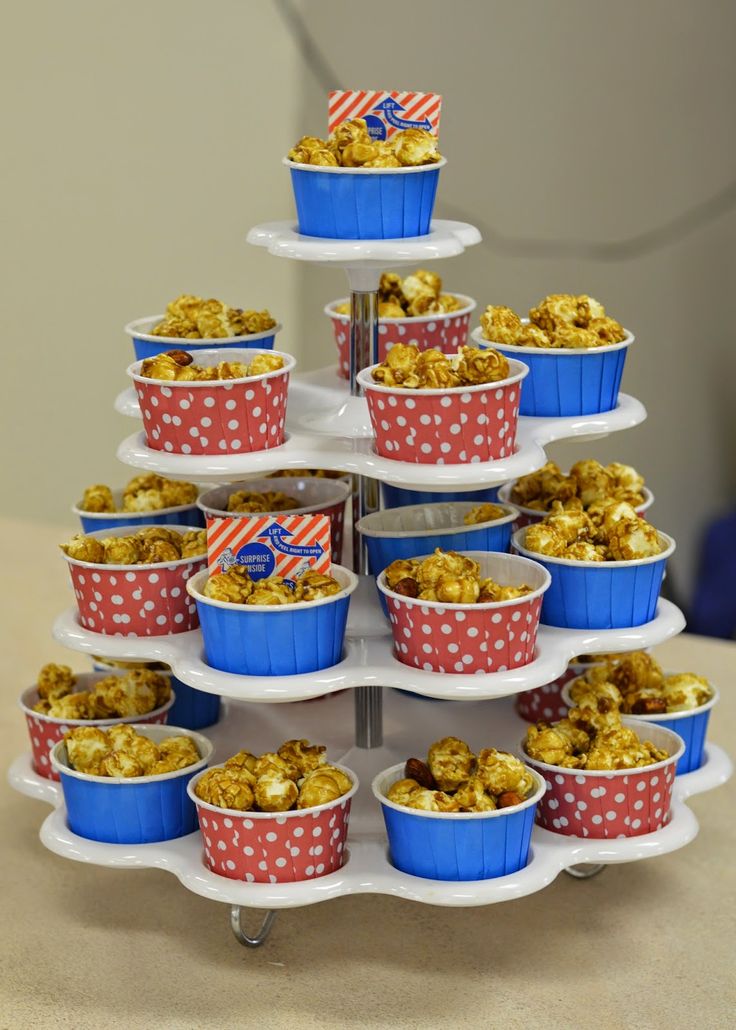
- Spread the filling as follows: 1 tablespoon cream mixture, then 1 spoon chocolate mixture. It is advisable to finish the cake with a colored layer.
- Using a skewer, make patterns on the top of the workpiece and send it to the refrigerator until completely solidified.
Funny apple slices
Even ordinary fruits can be served in an original way. For example, make funny monsters out of apple slices. Sweet sprinkles in the form of eyes can be found on the Internet. If there is no unusual decoration, then make it yourself. Melt the chocolate and use a toothpick or skewer to drizzle over the marshmallows. The same melted chocolate or peanut butter will help to fix the marshmallows on the slices. nine0003
Ingredients:
- apples - 2 pcs.
- strawberries - 100 g
- peanut butter - 8 tsp
- sunflower seeds - 2 handfuls
- confectionery topping in the shape of eyes - 8 pcs.
Method:
- Quarter medium-sized apples.

- Remove the center from the skin side of each wedge.
- Brush the resulting hole with peanut butter and fill with a strawberry slice. nine0014
- Peel the sunflower seeds and stick a few into the apple blanks.
- Seal eyes with peanut butter and serve.
Cake pops
Bright cakes on skewers - why not treat a child's birthday? It is easy to attract even the birthday man himself to their preparation. Or you can make blanks in advance and invite guests to decorate them with sprinkles and icing. For the latter, it is better to choose white chocolate, since dyes can be added to the resulting mass. Let the little chefs cover the balls on their own and show imagination in decorating. nine0003
Ingredients:
For the biscuit:
- chicken eggs - 3 pcs.
- sugar - 90 g
- flour - 90 g
For cream:
- curd cheese - 90 g
- powdered sugar - 30 g
For glaze:
- chocolate - 200 g
- butter - 20 g
Preparation:
- Whisk eggs with sugar until fluffy white foam.

- Carefully add the sifted flour and knead the dough.
- Bake the biscuit for 30 minutes at 180°C.
- Cool the finished cake and grind into crumbs.
- In a clean bowl, beat the cream cheese with the powdered sugar.
- Add biscuit crumbs to the cream and mix. Form into balls 4–5 cm in diameter and refrigerate for 1–2 hours. nine0013 Melt chocolate in a water bath and mix with butter. Thread the balls onto wooden skewers.
- Dip the balls in the frosting one by one. Let the mass take over.
- Decorate each cake pop as you like.
Nut bars
Although a sweet table is an obligatory part of a children's holiday, it is not worth pampering children with a lot of sugar. Instead of store-bought bars or candies, make an alternative treat of nuts and dried fruits. Don't be afraid to change the filling to your liking. For example, make a treat only from almonds or add walnuts. nine0003
Ingredients:
- pitted dates - 200 g
- almonds - 60 g
- cashews - 50 g
- peanuts - 50 g
- hazelnuts - 50 g
- honey - 50 g
- coconut oil - 1 tbsp.
 l.
l.
For glaze:
- chocolate - 200 g
- coconut oil - 1 tbsp. l.
Preparation:
- Crush the almonds.
- Chop the remaining nuts and dates.
- Add crushed almonds, honey and coconut oil to the mixture. Mix the base for the bars.
- Line a mold with foil and place the mixture on top. Smooth out.
- Melt the chocolate with coconut oil in a bain-marie.
- Decorate the blank with the resulting glaze. Sprinkle shredded coconut on top, if desired, and refrigerate for 1 hour. nine0014
- Divide the formed cake into bars, wrap each with parchment and serve.
As you can see, there are many interesting ideas of what to cook for a children's birthday. The original menu will definitely be remembered by both guests and the hero of the occasion.
How to calculate the menu for children's birthday
How to calculate the menu for children's birthday?
January 24, 2022
nine0002 Today we will share with you the secrets of organizing a children's menu for the holiday.
Organizing a children's birthday party is difficult, there are many things to consider in order for the celebration to go well.
The preparation of a menu for a children's party is especially important. It is necessary that the children's favorite dishes be present on the table so that there is enough treats for everyone. And today we will share with you the secrets of organizing a children's menu for the holiday.
Children's birthday menu: general recommendations
1. Utensils must be safe. There should be no piercing or cutting objects on the table. It is possible to use beautiful disposable tableware.
2. The children's menu should be familiar to children, no need to order those dishes that they do not know. Recipes for a children's birthday menu should be known to the child so that it is easier for him to navigate.
3. Food must be of high quality and fresh.
4. Consider the tastes of the children, order or cook what the children like the most.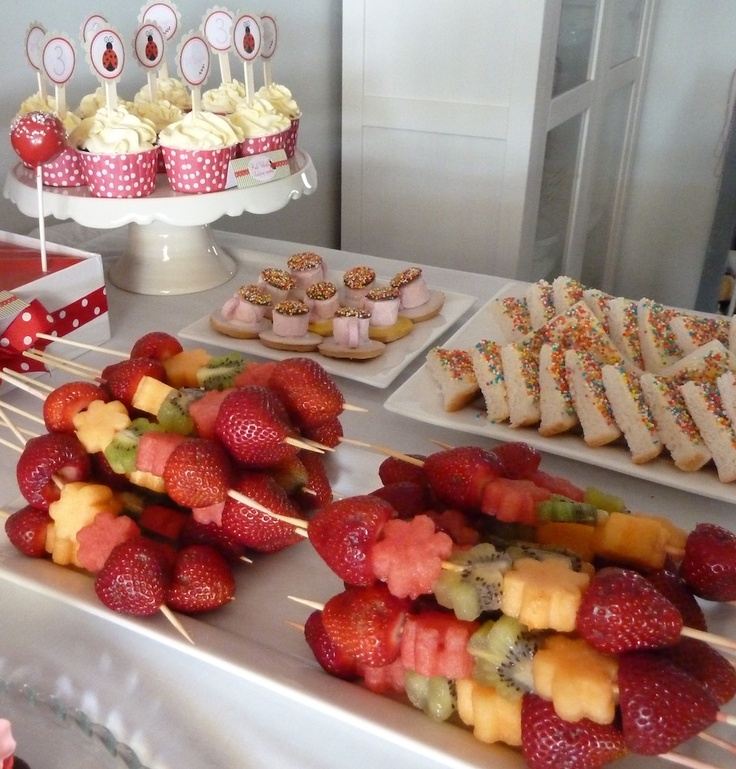 nine0003
nine0003
5. Consider the tastes and health of guests. Do not include dishes on the menu that some of the guests may be allergic to.
6. Set a separate table for small children, a separate table for older children, and a separate table for adults. Remember that the birthday boy should sit at the head of the table.
7. Divide the children's menu according to the age of the children (if there are children at the celebration who differ greatly in age).
8. Do not invent complex dishes. nine0003
Children's birthday table: design tips
1. Table setting should be bright. Beautiful tablecloths, colorful dishes - all this attracts children. A beautiful table is the main element of the celebration. You can choose tablecloths and dishes for the theme of the holiday. (from various patterns on plates to favorite cartoon characters on tablecloths).
2. A long feast is not about children. It is desirable that throughout the holiday the table was available for children. Therefore, the best format for a treat is a buffet, on the festive table there will be various canapes, mini-sandwiches, cold cuts, fruits and drinks. This is necessary so that the child can at any time come to the table and take what he wants. nine0003
Therefore, the best format for a treat is a buffet, on the festive table there will be various canapes, mini-sandwiches, cold cuts, fruits and drinks. This is necessary so that the child can at any time come to the table and take what he wants. nine0003
3. Children's birthday dishes should not be too complicated, but keep in mind that the presentation should be beautiful and original.
4. Creating an interactive zone. Invite the kids to cook some dish on their own at the holiday (collect canapes, decorate a gingerbread or donut with their own hands). For children, it will be very interesting and fun.
Children's birthday menu: recipes
When planning the menu, you need to take into account the age of the children present at the celebration. nine0003
Below we will offer you sample options for a simple children's birthday menu for guests of different ages.
Children's birthday menu 2 years old
At such a young age, babies don't eat much yet, so just one main course, drinks and dessert will suffice.
Main course: soft meatballs with colored puree.
Drinks: natural juices, fruit drinks, compotes.
Dessert: oatmeal cookies, light cheesecake.
Menu for children's birthday 3 years old
Snacks: quail egg with tender pâté in a tartlet.
Main course: steamed turkey cutlet + colored pasta.
Fruit plate.
Drinks: fruit drinks, lemonade, tea, natural juices, compotes.
Dessert: lollipops, cottage cheese cake.
Children's birthday menu 4 years
Snacks: potato emoticons, canapes, cold cuts (cheese, sausage).
Main course: chicken skewers with vegetables.
Drinks: lemonade, juices, compotes, fruit drinks, tea.
Fruit can be served on skewers to make a fruit skewers.
Desserts: muffins decorated with cream, sour cream cake.
Children's birthday menu 5 years old
Snacks: chicken nuggets, cherry tomatoes in the form of ladybugs.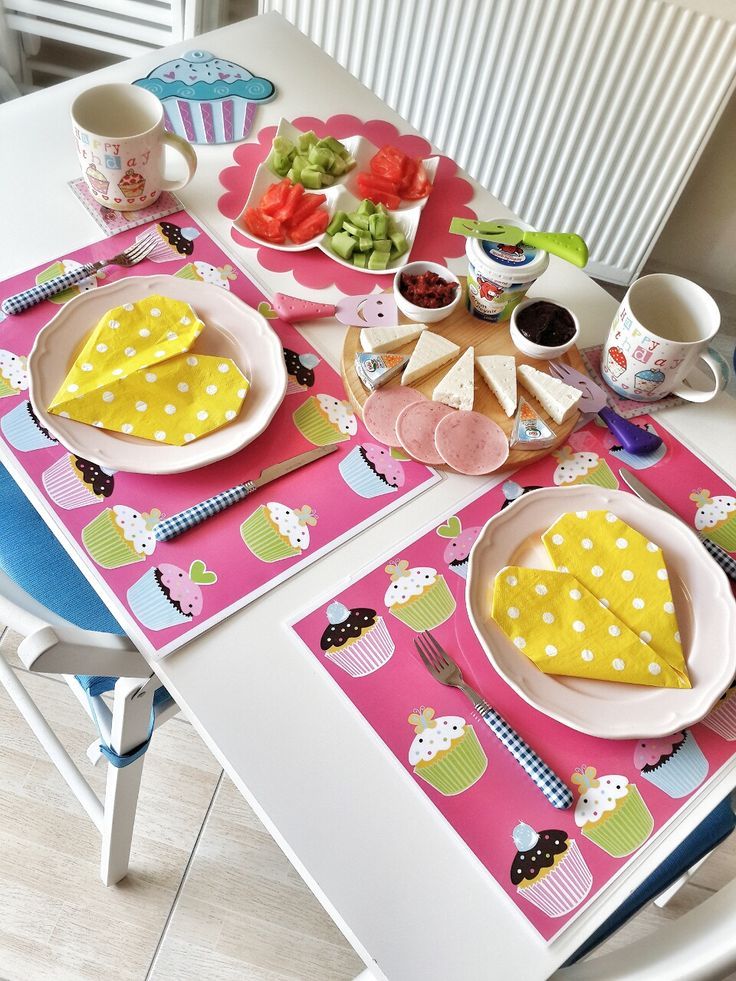
Main course: pizza, french fries + chicken roll.
Drinks: various juices, fruit drinks, lemonade, tea, milkshake.
Desserts: berry pancakes, chocolate cake.
Menu for children's birthday 6 years old
Snacks: canapes, natural chips, cheese balls.
Main course: pizza, minced beef cutlet + mashed potatoes.
Salads: vegetable salad, Caesar salad.
Drinks: juices, lemonade, fruit drinks, baby champagne, milkshakes, tea.
Desserts: lemon cream cake, berry cake.
Children's menu for 7 years birthday
Snacks: mini croissant sandwich.
Main course: beef burger. nine0003
Salads: Olivier, Caesar, Spring salad.
Drinks: children's champagne, fruit drink, juices, tea, milk shake.
Desserts: pancakes with jam, honey cake.
Menu for children's birthday 8 years old
Snacks: cheese balls, potato figurines, chicken skewers.
Main course: fish (boneless) + rice with corn.
Salads: layered salad with chicken, Olivier, sliced vegetables. nine0003
Fruit plate.
Drinks: tea, lemonade, juice.
Desserts: puff tongue, tiramisu.
Menu for children's birthday 9 years old
Snacks: mini burgers, cold cuts (cheese, sausage), canapes, french fries.
Main course: pizza, chicken burger.
Salads: fruit salad, vegetable salad, vinaigrette, sweet grated carrot. nine0003
Drinks: juices, fruit water, lemonade, baby champagne, soda (Pepsi, Cola, Sprite).
Desserts: gingerbread, Napoleon cake.
Menu for children's birthday 10 years old
Snacks: caviar or pâté tartlets, village potatoes, meat plate.
Main course: beef medallions + village potatoes, pizza, burgers.
Salads: Greek salad, Olivier, vegetable cuts, fruit salad, Mimosa.
Drinks: juices, sparkling water (fanta, cola, sprite), fruit drinks, tea, lemonade, milkshake.
Desserts: profiteroles, Pancho cake.
Children's menu for the birthday of 11 years old
Snacks: fish fingers, cheese balls, French fries.
Main course: breaded chicken wings + mashed potatoes. nine0003
Salads: vegetable salad, Caesar. Olivier, vinaigrette, Korean carrot, fruit salad.
Drinks: children's champagne, fruit water, compote, juices, tea, milk shake.
Desserts: churros, Santiago cake.
How to calculate the children's birthday menu?
Children's holiday menu should be calculated based on the number of people. Everything related to main courses, desserts and snacks should be taken according to the number of children - 1 serving / 1 child. There is no need to save on water and drinks, as children actively play, run and have fun between meals.